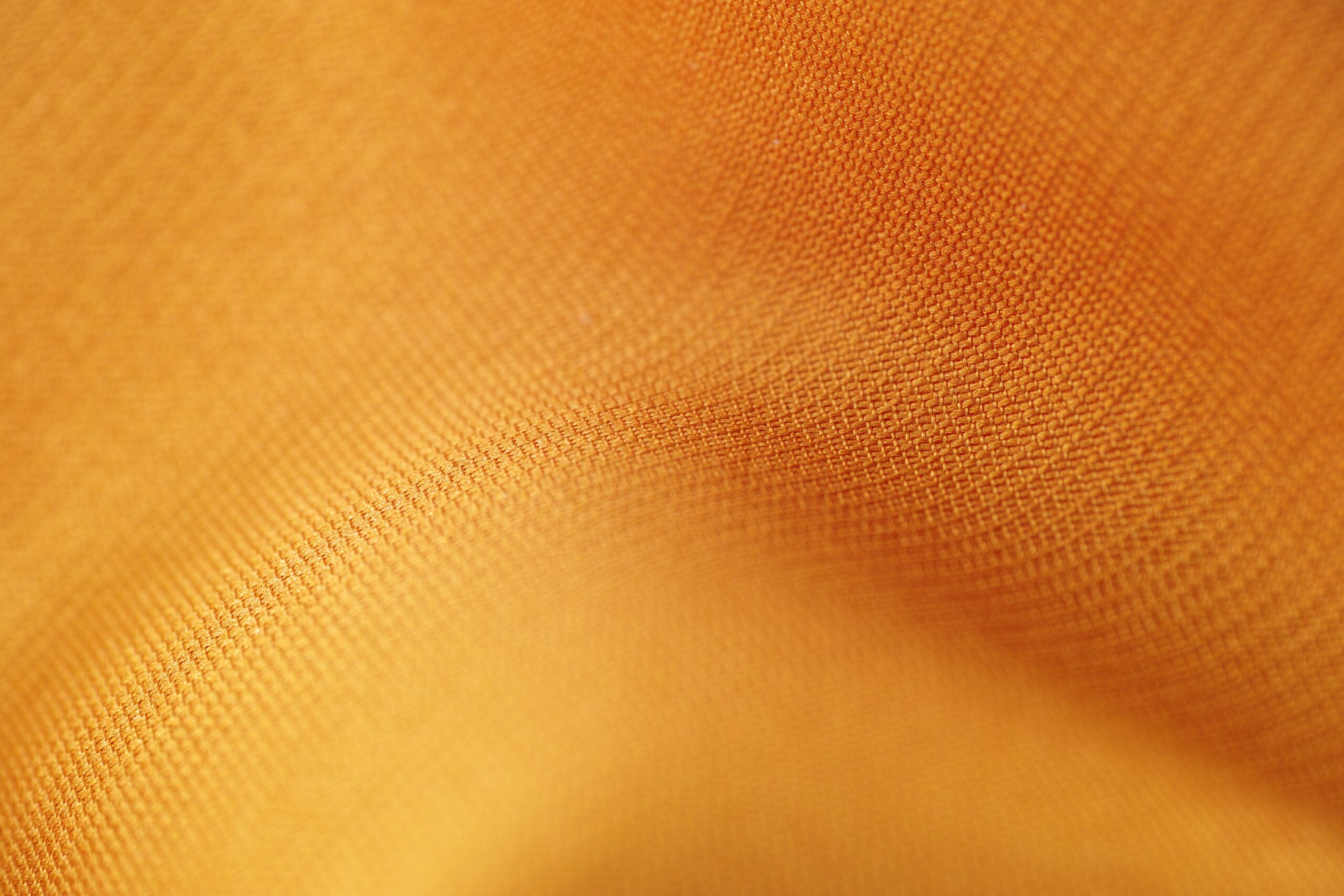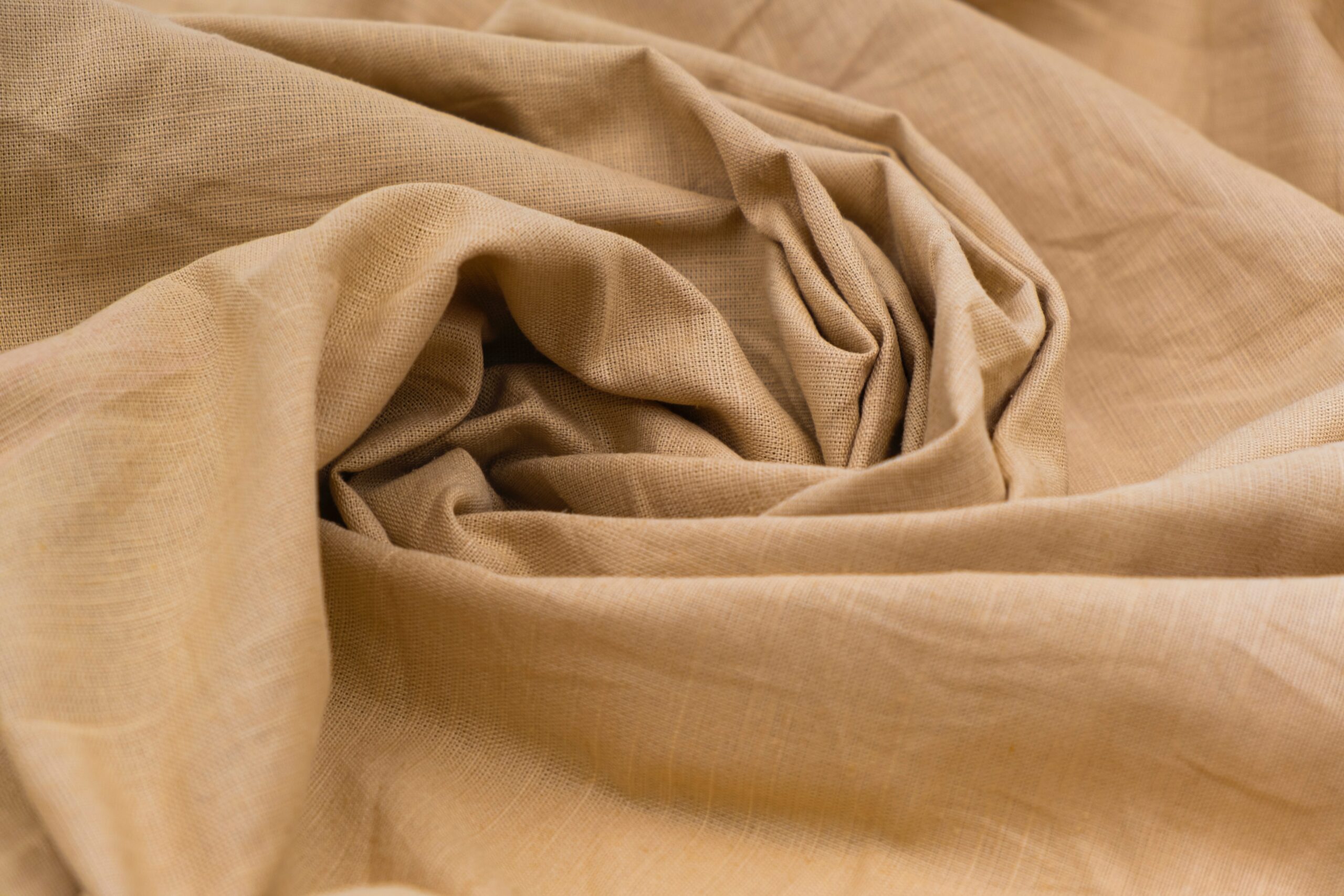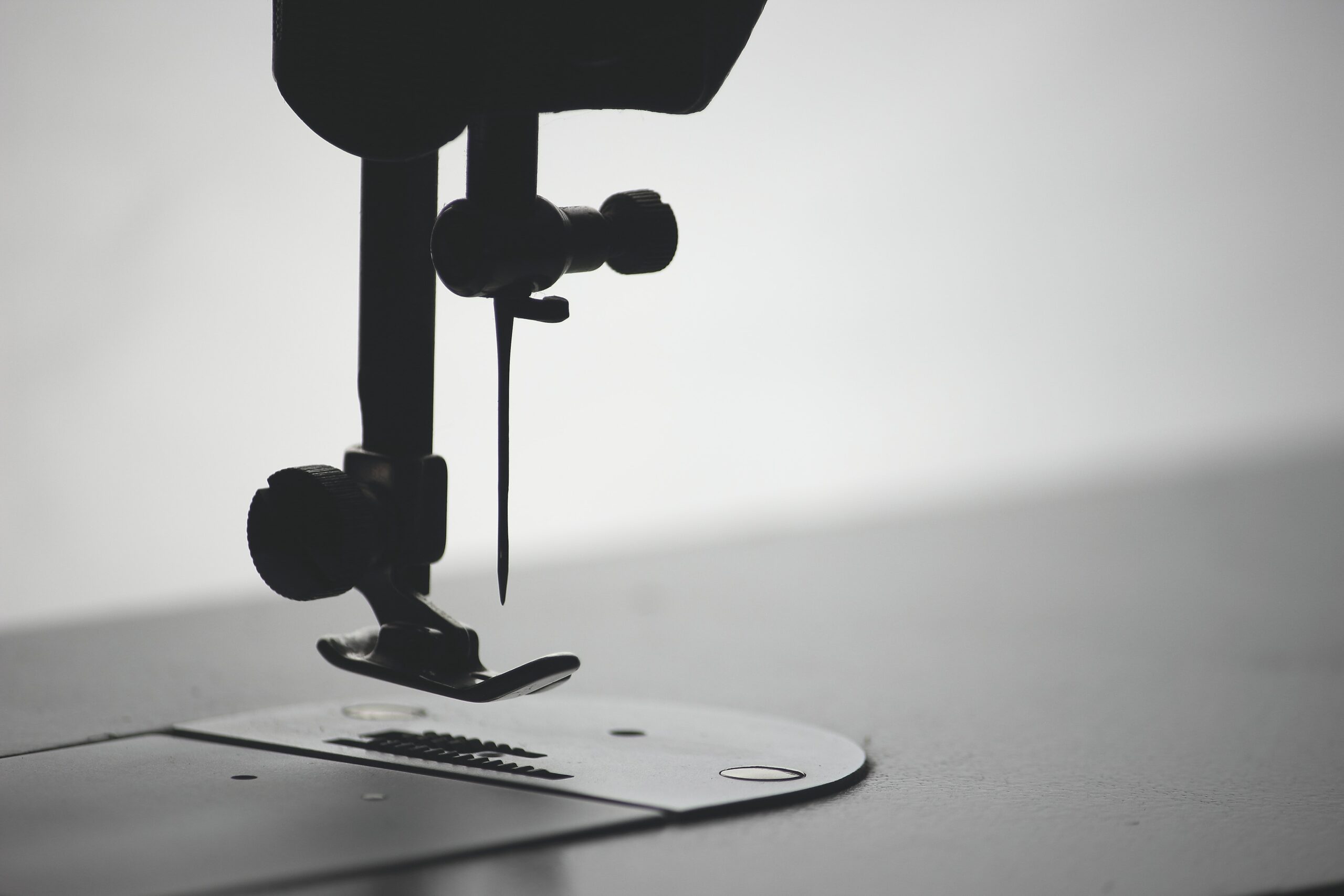Applications
Automotive, Aerospace, Medical & Hygiene, Construction, Interiors, Technical Apparel, Personal Protective Equipment (PPE? ), Geotextiles, Sports & Leisure, Agriculture & Horticulture, Filtration, General Engineering, and Packaging are some of the industries that benefit from using geotextiles. There are a number of textile articles or constituting units that can be found in the construction and design of cabins, as well as in highly specialized clothing products such as g-suits for pilots and entry suits for space shuttles. This is because textile fibers make a significant contribution to these areas.
Textiles are one of the few types of materials that are essential to the operation of such a wide variety of market sectors. Their adaptability is demonstrated by the fact that they can perform such a wide variety of roles simultaneously. You will find outlined in this section a variety of functions that can be performed by textiles, as well as how textile materials can be engineered to perform these functions based on the relationship between their structures and their properties. You will find explanations of the fundamental science behind these functional roles, information on how they are being developed and implemented into innovative products and solutions, and information on how they are being used across all of the technical textiles sectors under the respective function headings. There is a variety of links provided to back up this content and to give you the opportunity to investigate the topic in more depth. The information that is provided is interactive, so if you have a question, you can post it on the notice board, and you can also share information with other users.
-
Variety of materials
-
Both modern and traditional
The careful selection and engineering of the variables, as shown in Figure 1, has a direct influence on the resultant properties, which enables textiles to display properties that they do not naturally have. The capability of these materials to perform functions such as hydrophobicity, flame resistance, conductivity, and abrasion resistance greatly expands the range of applications for which they can be used, which in turn increases the value of these materials.
Their functional qualities are based on a structure-property relationship whose determination begins at an atomic level with the initial polymer chemistry. This relationship is determined by beginning with the chemistry of the polymer itself. The structure of the polymer will have an effect on subsequent structures, such as those of the fiber, yarn, and fabric, with the selections made at each stage determining the properties of the final product; figure 1 illustrates this hierarchical behavior. A function is something that is related to a role; for instance, the characteristics of a fabric will determine whether or not it is suitable for a particular function; the characteristics of a textile are engineered to meet the requirements of a particular function.




